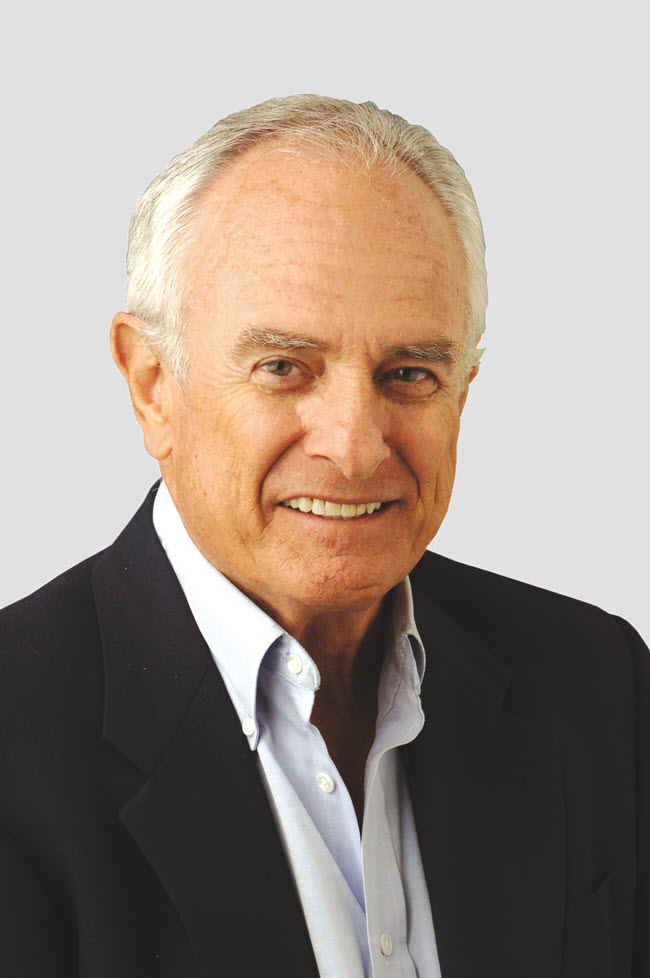
Last weekend, I had a good time at Fenway Park again. Even though the Red Sox are having a forgettable season, I treasure any excursion to baseball’s oldest ballpark and pray that it lasts another 100 years. (It had its 100th birthday on April 20, 2012.)
Fenway is like a Model T still taking the family on a ride through the countryside. A Delta DC 3 still carrying the mail from Jackson, Miss. to New Orleans, La., Mona Lisa continuing to smile, and Bing Crosby singing “White Christmas” at the ice rink in December at Rockefeller Center.
As you board the Metropolitan Transit Authority or “T” at your hotel, you flashback to the Kingston Trio singing about a man named Charlie, who boarded the train one day, never got off, and is presumed to be still riding “neath the streets of Boston.”
Sox fans were decked out in tee shirts and jerseys, which reflected their devotion to the hometown team. There was even a fan who wore a Mookie Betts jersey, although this young star preferred greener pastures and forced a trade to the Dodgers in 2020.
At Kenmore Square, you exit the “T” and walk to Fenway, crossing the Massachusetts Turnpike bridge named for Boston slugger David Ortiz, who was being inducted into baseball’s Hall of Fame while the Red Sox were wilting under 95-degree temperatures and a barrage of hits by the Toronto Blue Jays.
The fans still showed their love when there was a good play on the field, but also their contempt for any miscue. Boos sounded forth for a bonehead mix-up on the base path but cheers for a double off the left-field wall known as the “Green Monster.” Lately, there has been an abundance of pedestrian plays to ensure that the only thing hot about the Red Sox lately has been the weather.
Nonetheless, the experience is golden to gaze out from the press box at the aforementioned Green Monster, which stans 37 feet, two inches, and faces Lansdowne Street, which was the way it was when Fenway was built 17 years before the Great Depression began.
The Citgo logo out beyond left field is stately and iconic, just like it has been since it was put up in 1940. Pregame, you can watch batting practice and, in your mind’s eye, see Ted Williams powering long drives into the right field seats.
You see him unfazed by the shift (the placing of six defenders on the right side of the field), which failed to keep him from maintaining a high batting average and becoming the greatest hitter—certainly when it came to power—who ever lived. When Lou Boudreau of the Cleveland Indians came up with the shift in 1946, Williams hit .346 and was the American League MVP.
You can mosey over to the Red Sox first base dugout and sit where Williams and Carl Yastrzemski sat during their sterling careers. Also, Johnny Pesky, Mel Parnell and Dominic DiMaggio. These are the things that make the grand old game memorable and allow nostalgia to remain entrenched in the minds and hearts of baseball fans.
Since the curse was broken in 2004, that memorable season in which the Red Sox, down three games in the American League playoffs, rallied to win four consecutive games over the Yankees and then swept the Cardinals in the World Series to bring about a resurrection of multiple World Series pennants which was the way it was in Babe Ruth’s time as a pitcher-outfielder for Boston.
The Curse of the Bambino, the Babe, getting even with Red Sox owner Harry Frazee for trading him to the New York Yankees, was like a plague in Boston for 86 years which is how long it took the team to overcome the losing drought which began in 1918, the year of Ruth’s departure from Boston.
Winning four World Series championships in this century, the Red Sox have been the most successful big-league franchise since 2000.
Even in off years, an outing at Fenway Park can be a fulfilling experience—if you enjoy walking down memory lane.
